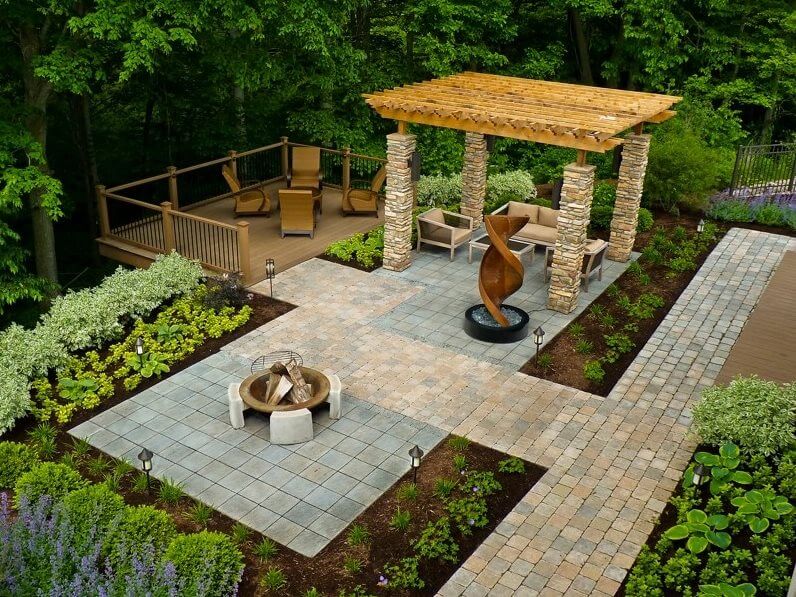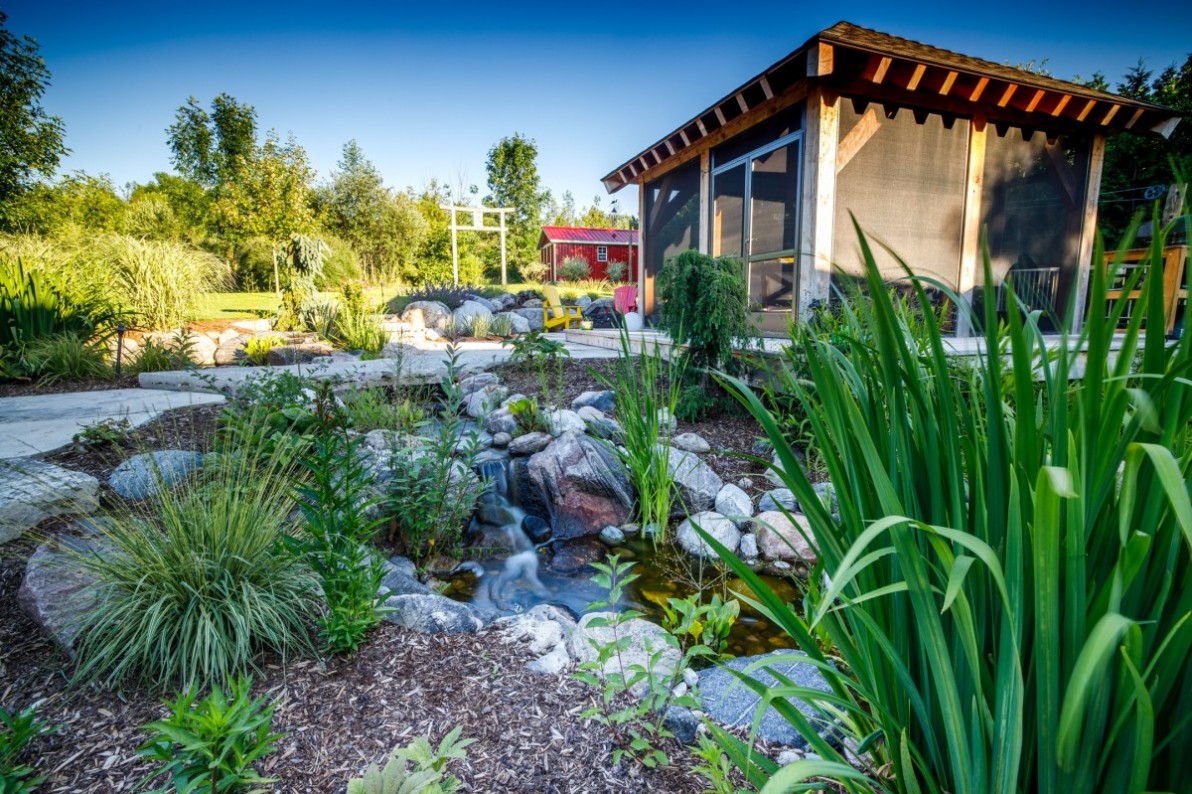Little Known Facts About Landscapers.
Little Known Facts About Landscapers.
Blog Article
Some Known Details About Landscapers
Table of ContentsEverything about Landscapers5 Simple Techniques For LandscapersThe 10-Minute Rule for LandscapersThe Greatest Guide To LandscapersLandscapers Can Be Fun For AnyoneThe Buzz on Landscapers
- A garden attribute where water is stood for by an accumulated stone item, generally a crushed rock or granite.- A stone or natural flagstone patio, path, or pathway constructed without a concrete base.- A rock maintaining or cost-free standing wall built without the use of mortar. - An underground framework that gather water and permits it to slow percolate right into the soil around it.
Landscape layout that is compatible with a websites' setting in both appearance and sustainability without unfavorable influences to the atmosphere. Edging in the landscape is a line of demarcation that produces aesthetic interest in the garden by separating one segment from one more section. This can be visual or practical, keeping one element (such as pea gravel) from getting combined right into another (like bark dust).
Areas can likewise have a sensation of "unit" offered by trees, other growings, fencings, or screens. The landscape near the entry to a building. A tree, bush or creeping plant, educated to expand on a wall surface or fence into a certain pattern. Especially valuable for fruit trees, making it very easy to harvest the fruit and consisting of mess.
Fascination About Landscapers

The aspect in a landscape design or area in a landscape that is indicated to be most popular. The prime focus can be a plant, stone, sculpture, collecting space, or other landscape attribute. A design of gardens or garden elements that worry straight lines, right angles and circles. Shrubs or bushes located in beds near the structure of a home or various other structure.

All About Landscapers
Rock product, either rounded or fractured, that is reasonably small- normally 1" or much less. Low plants that are permitted or encouraged to spread over an area. Can refer to any "tough" yard components including statuary or boulders however a lot of generally is made use of to describe paths, patios, and walls.: Elevation difference between the degree of water in a fish pond (or the degree of the pump if it sits outside the fish pond) and the upper electrical outlet of water which influences efficiency of the water pump in gph (gallons per hour). Dense bushes or trees that create a fence, display, or border.
Fence boards that run flat, typically utilized in modern or Japanese-inspired landscape designs. Correct usage of imaginary lines can click assist the landscape feel connected to the home and various other elements.
Conventional PNW landscapes are informal. A plant that spreads even more than desired, or right into environments where it does damage.
Fascination About Landscapers
Can consist of head placements and coverage, pipe sizing, GPM specs, and materials needed to mount this system. Licensed specialist who develops landscapes, coached in engineering and style as well as in horticulture.
The professional who plans and creates landscape projects, usually at a household or tiny commercial degree with the significant style motivation on growings. Landscape developers generally have less schooling than Landscape Architects and are not licensed. A completed landscape style, describing all components for visit the website the new landscape. This normally takes the form of a drawing on paper.
Calcium material utilized to increase the pH in soil, which will make it much less friendly to moss (Landscapers). A water tight HDPE product utilized underneath ponds, streams and waterfalls in water attributes. Making use of several plantings of the same selection to fill out a location in the landscape. This can lower upkeep and water use in the yard.
A layer of compost or bark dirt used at the base of a plant. A plant that was present in a geographical location before people began transforming the landscape.
8 Easy Facts About Landscapers Shown
Exactly how the yard or a garden component is organized in partnership to an existing or new feature or to a direction. Grasses that are not mowed yet expanded in landscapes as perennials.

Little round crushed rock. Plants that offer seasonal rate of this page interest and then die back in the winter season. Annuals do not return the complying with season, but perennials do. Cold period yard that is the most usual lawn yard in Rose city, OR and the rest of the PNW.An open roofed framework over a patio area or other landscape attribute.
Basalt accumulated varying in size from 1/4" to dirt. One of the most typical landscape crushed rock in the PNW. Location of the landscape created to take care of rainfall water till it can soak into the ground. A chain that regulates water as it travels from a roofing rain gutter to the ground. Garden structure that produces a growing area that is consisted of and more than the surrounding quality.
Framework made of wood, concrete, leading rocks, bricks or various other materials for supporting inclines and avoiding extreme disintegration. Narrow watercourse. Producing a garden attribute consisting mostly of stones with growings that match and can prosper in the rocky environment. Lawn sprinkler head style that revolves a stream of water throughout an area.
The Best Strategy To Use For Landscapers

Report this page